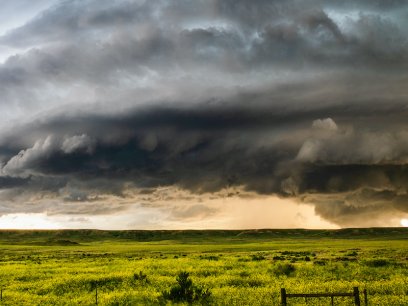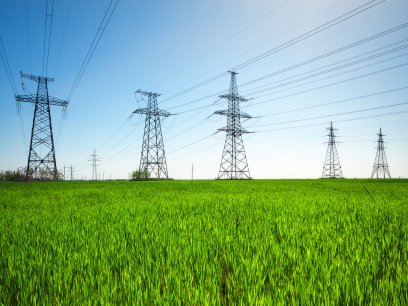
Erosion along US oceanic coasts is expected to increase in a changing climate due to an increase in sea level rise, heavy precipitation events, flooding, and storm surges. The more populated areas, which are along the Gulf of Mexico, Mid-Atantic, northern Alaska, Hawaii, and island territories, are more susceptible to coastal erosion due to their low-lying elevation. For example, relative sea level rise along coastal Louisiana has increased by eight inches or more in the last 50 years, slightly faster than twice the global rate, increasing their risk of erosion.
Coastal oceanic erosion can cause beaches and coastal buffers such as dunes to wear away, which can be bad news for homes, infrastructure, beachgoers, and wildlife. For example, it is estimated that erosion is responsible for around $500 million in coastal property loss each year. Along the coast of Florida, sea level has risen seven to inches over the past century. An additional one foot would erode most Florida beaches 100 to 200 feet without the adoption of adaptation measures to hold back the sea.
Learn More
The figure below from the National Climate Assessment shows how social vulnerability and the probability of shoreline erosion varies along the US oceanic coasts.

What You Can Do
Discover ways in which you may be negatively affecting water quality at US beaches and what you can do to keep beaches clean with these tips for trash-free oceans.
Sources
- EPA. 2016. "Climate Impacts in the Northeast." Accessed June 27. https://www3.epa.gov/climatechange/impacts/northeast.html
- EPA. 2016. "Climate Impacts on Coastal Areas." Accessed June 27. https://19january2017snapshot.epa.gov/climate-impacts/climate-impacts-coastal-areas_.html
- EPA. 2002. "Saving Florida's Vanishing Shores." Accessed June 27. https://www3.epa.gov/climatechange/Downloads/impacts-adaptation/saving_FL.pdf
- National Climate Assessment. 2014. "Coasts." Accessed June 27, 2016. http://nca2014.globalchange.gov/report/regions/coasts
- NOAA. 2013. "Climate Change Impacts of US Coasts Threaten Public Health, Safety and Economy." Accessed June 27, 2016. http://www.noaanews.noaa.gov/stories2013/20130125_coastalclimateimpacts.html
- NOAA. 2015. "Coastal Hazards." Accessed June 27, 2016. http://oceanservice.noaa.gov/hazards/natural-hazards/
- Zhang, K., Douglas, B., Leatherman, S. 2004. "Global Warming and Coastal Erosion." Climate Change. May, 64:41. http://link.springer.com/article/10.1023%2FB%3ACLIM.0000024690.32682.48#/page-1


